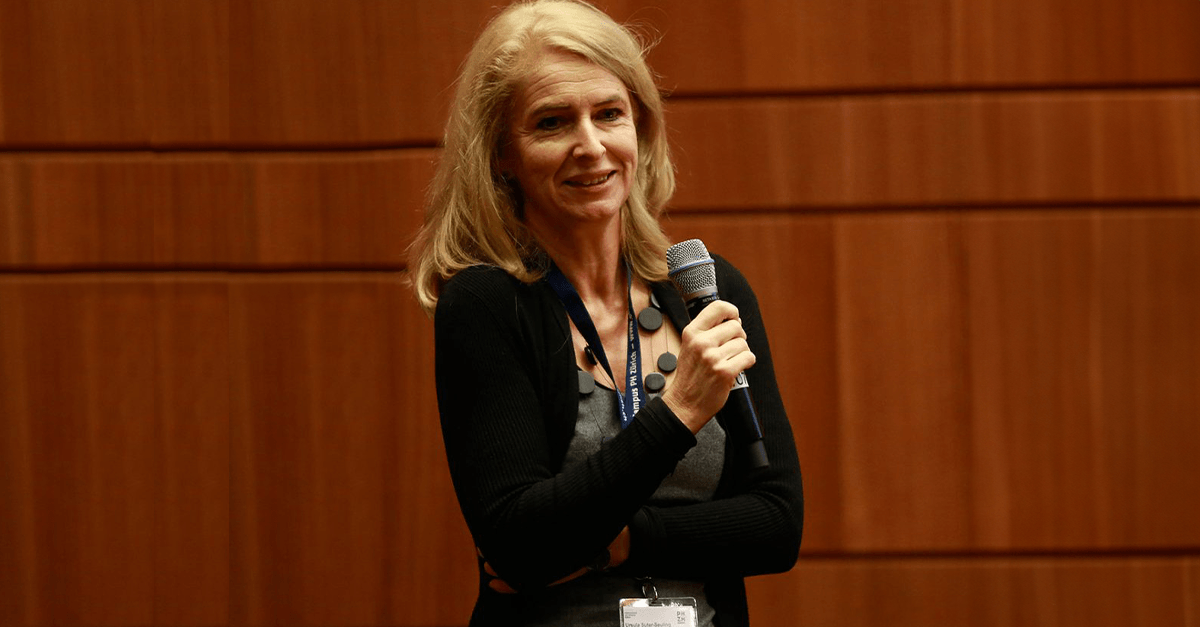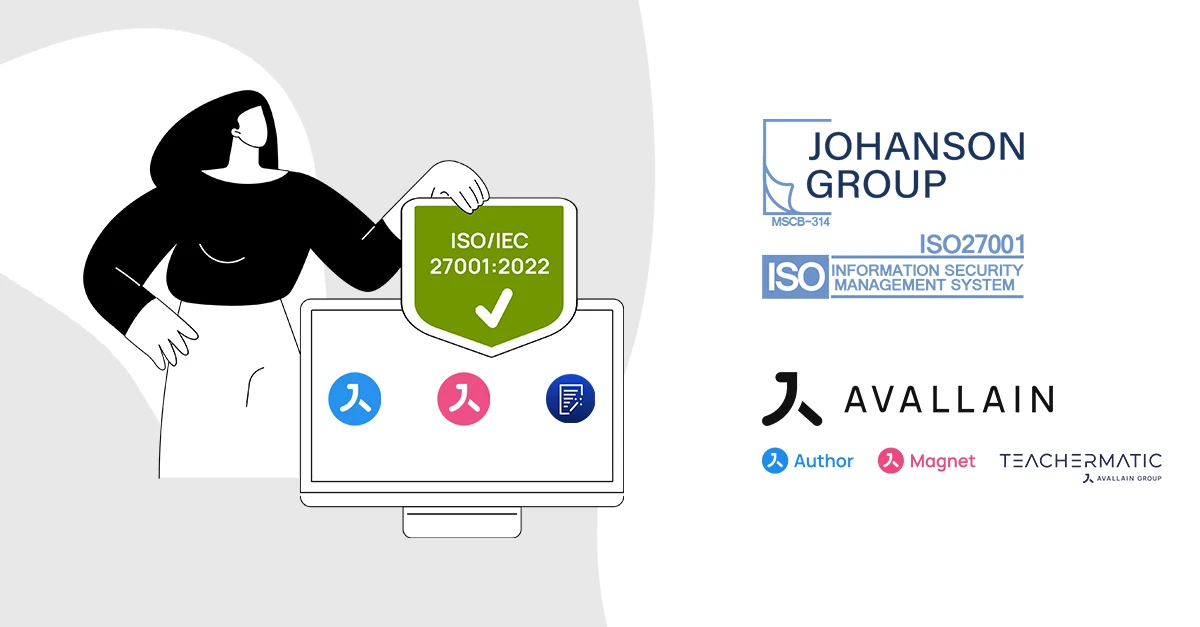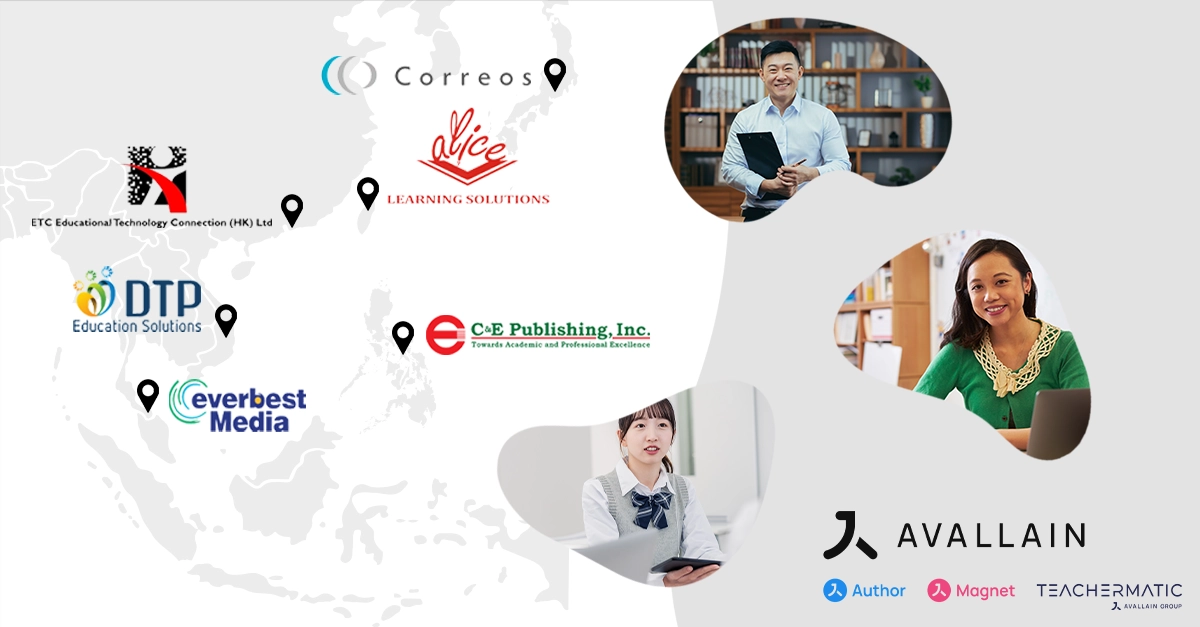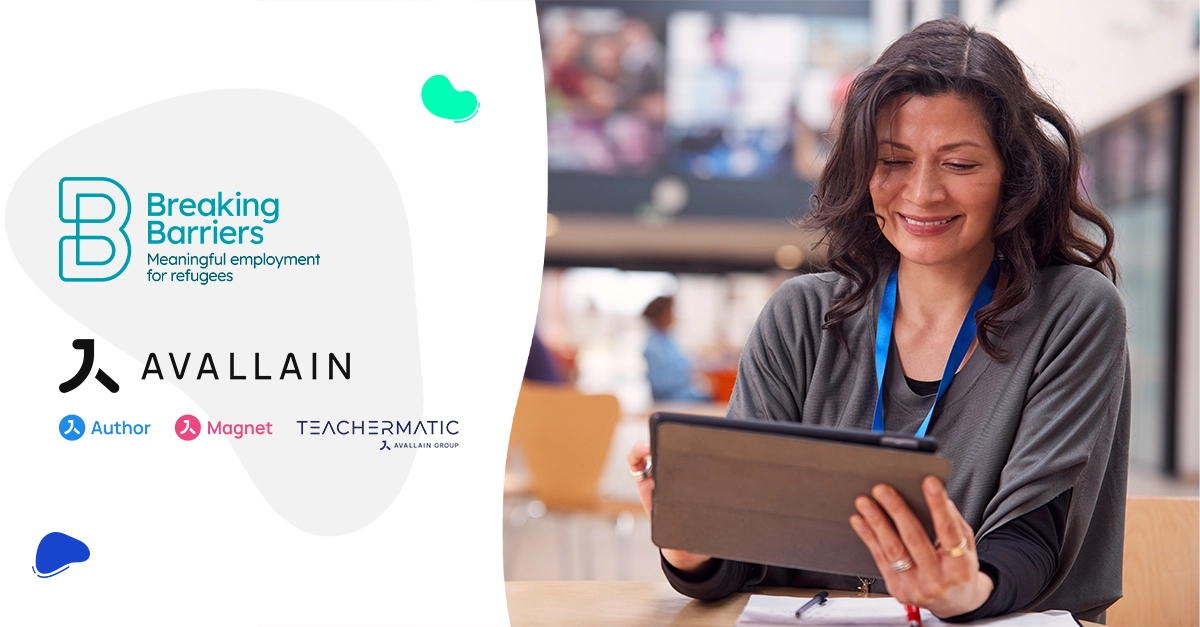
3 min read
2015/12/16
Education entrepreneur addresses benefits and risks of digital disruption in education at UNM-Congress in Zurich.
Digital disruption means change. It forces industries to break with old habits and redefine industry norms. But in the arena of education, digital disruption still does not seem to live up to its potential. Why is that? How can we change this? And how can we start to take advantage of the benefits of such drastic change while controlling its risks?
To consider these questions, the Zurich University of Teacher Education (PHZH) invited Ursula Suter to share her experiences as the opening keynote speaker at the 17th Teaching with New Media (UNM) Congress. The Swiss entrepreneur started pioneering technology-enhanced education as early as 1997 and co-founded Avallain in 2002, a Swiss company that has since evolved into an international key player in educational technology.
Technology Needs Both Control and Freedom to Innovate
Suter began her keynote by briefly introducing the key factors of digital disruption, defining the term, pointing out the opportunities and cautioning against possible risks. Directly linking theory to practice, she illustrated her comments with real-life examples such as Uber and its controversial impact on the taxi business
She outlined how digital disruption can and partly is already answering questions that have been occupying the education sector for many years. Emerging educational technologies can be helpful in maintaining student attention and in enhancing student-teacher interaction. To help technology unfold its power of innovation, the education sector needs to give itself the space to freely experiment while mediating risks stemming from hasty integration of new media.
The Flipped Classroom, a Successful Model
Suter introduced models that are already being implemented successfully, such as the “flipped classroom”. This pedagogical approach allows students to acquire theoretical concepts at their own pace assisted by technology, either at home in the ‘full flipped’ model or during classroom lessons in the ‘half flipped’ model. These models allow teachers to use class time for interactive classroom activities and group discussions and give students a chance to apply their knowledge in practice.
Suter illustrated how Avallain technology is used worldwide to facilitate such models, as in Oxford University Press’s Kerboodle, a digital learning platform for secondary schools used by more than 1 million teachers and students.
From Models to Real Life: Unlock Education For Africa
The entrepreneur ended her keynote by describing how Avallain is using its technology to drive charitable work in Africa. Her Kenya-based team has developed an educational platform for primary schools to bridge the gap between the availability of electronic devices and the lack of quality instructional materials. This gap is especially prominent in rural areas. Drawing from footage and testimony directly from Kenyan schools, Suter explained how the a-ACADEMY platform helps to address these challenges by building on recent instructional models in its new “Unlock Education For Africa” campaign.
The audience of 250 enthusiastically responded to Suter’s keynote in a lively question-and-answer session following the address.
“Ursula Suter’s thinking and action features a rarely holistic view on the usage of New Media. She and Avallain are effectively embedding technology in comprehensive pedagogical models in order to strengthen what matters the most: the interaction between students and their teachers. To me, Ursula Suter is one of the few digital learning specialists that consequently keep the focus on the human. As a logical result, her efforts are sustainably enhancing learning. I am very excited about the wonderful Unlock Education For Africa campaign and wish everybody involved the best of success.”
– Priska Fuchs, Teacher and School Developer
(Centre for Commercial Education Zug, Winner of the Swiss School Award 2015)


